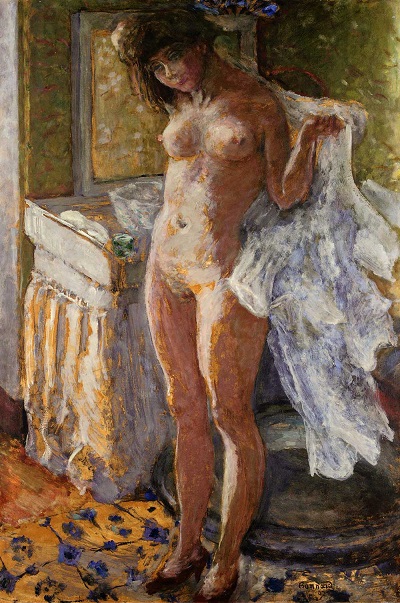Art Tips
Art Prints And Finding The Best Value
Art Tips: You’re not in college anymore, and it’s time to take down the posters and replace them with original art. But, you don’t have the money yet for oils or water colors. Art prints are an affordable alternative, yet they too can be pricey. How can you tell if that art print that’s caught your eye is more than just another pretty face? Art prints are works of art in and of themselves, and may be handmade by artist-printmakers (artists’ prints), digitally printed (giclée), or photomechanical reproductions (offset lithographs).
Artists’ prints are handmade and are not reproductions of paintings: the print is a unique work of art. The term covers a range of printmaking techniques such as etching, woodcut, engraving, screenprint and linocut. Editions tend to be less than 200, partly because the materials used to make the prints wear out. This type of print is sometimes called an “original print.” Limited edition reproductions are multiples copies of the same image, but produced in guaranteed limited numbers. This makes the image more exclusive. The market price can rise over time, if demand outstrips supply.
Edition sizes vary but are limited by market forces, not by the physical constraints of the printmaking method. Most limited editions are signed and numbered in pencil by the artist with a commitment that no other reproduction of the image will be made. An open-edition reproduction print can be produced in any quantity and the image may also be used in other ways, such as on tableware. Open editions tend to cost less than limited editions and are much less likely to increase in value.
Giclée prints are made using digital printing technology, usually inkjet. The technology enables users to produce small runs of prints. It also allows retailers to offer ‘print on demand’ services, where buyers select an image and it is printed out there and then. Several factors influence the price of art prints:
Artist and Rarity Certainly the name of the artist is a major contributor to value. But the art prints of even the same artist may have widely ranging prices. This added value is due to rarity. The more valuable print may be part of a limited edition run of only a few copies, while the more affordable from a larger open-edition run. But they are both original pieces of art by the same artist. It’s a good idea to be well acquainted with the works of a particular artist and his or her peers as well. Research into an artist’s place in the art world will help you ensure you’re getting a good value.
Editions, Signatures and Seals Before the twentieth century, artists did not routinely number nor sign their prints by hand. A signature can come from the plate but is not much of a value. What counts is an individual signature of the artist on the print, usually with a pencil (ink would eventually fade). Modern art prints are often numbered by the artist himself, i.e., "34 / 100" (number 34 out of an edition of 100).
Condition It’s not unusual for older art prints to have some flaws. If there aren’t any, check again! It might be a reproduction. While minor flaws such as slight soiling are considered normal, depending on age, other defects, such as trimming into the image or heavily faded colors, can reduce the value of a print considerably.
We Are Helping 1000 Businesses Amplify Their Online Presence
Quality of Impression Prints taken early from a plate or woodblock are more precise and detailed in lines than later impressions. Depending on the technique, a block/plate is worn out after a certain amount of impressions. Hardly more than 2,000 impressions could be taken from a woodblock without a rather visible deterioration of quality. Look to the numbering (i.e., 15 / 450) to determine what place in the run the print had.
Size Larger prints tend to cost more than smaller ones. This rule of thumb is less valid for older prints than for modern ones.
Provenance Provenance, or the item’s ownership history, can influence value. Prints from a famous collection will usually yield a premium.
Subject Although a matter of opinion and personal taste, the subject of a print has a great influence on value. You’ll pay more for cute animals, pretty women, nice landscapes, interesting portraits. Commercially non-appealing subjects are ugly, gloomy, or war-related, no matter how classically significant the work is. After all, it’s being bought to put on the wall. People will pay more if they like the image. In the end, it’s your own opinion of the value of the print that matters the most. You’ll be happiest with an art print that you personally like. Although art prints can sometimes be a good investment, the best way to get the most for your money is to enjoy it every day as it graces your home. The value of that? Priceless.
What Is A Monoprint And Foxing?
Performing Arts - Origin Of Theater Arts
Celebrities And Addiction To Fame
Tweet
Follow @Charlesfrize











